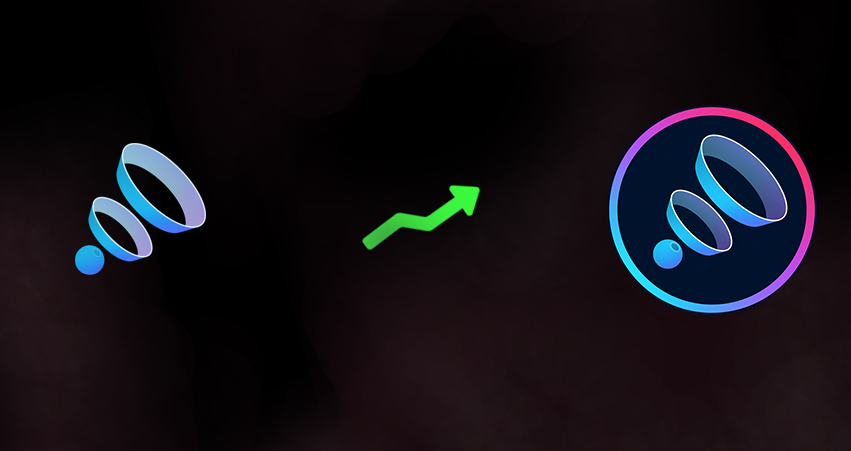

- #BOOM 3D BEST SETTINGS FOR GAMING DRIVERS#
- #BOOM 3D BEST SETTINGS FOR GAMING PC#
DTS Headphone: X: This app uses Microsoft Spatial sound for precise virtual sound localization.

To use Dolby Atmos with your headphones, you’ll need the Dolby Access app, which costs US$14.99 after the seven-day free trial. This positions each sound within a 3D space, giving the impression that they come from different sources. Dolby Access with Dolby Atmos: Dolby Atmos creates a 3D audio experience using object-based audio.Here are some surround sound programs to check out:
#BOOM 3D BEST SETTINGS FOR GAMING PC#
Yes, you can enable virtual surround sound on any headphones by connecting them to your PC and using specialized software.
#BOOM 3D BEST SETTINGS FOR GAMING DRIVERS#
The added drivers in 7.1 headphones provide a more detailed soundscape.Ĭan You Add Virtual Surround Sound to Any Headphones? The former has five speakers and a subwoofer, while 7.1 features seven speakers and a subwoofer. 7.1: The most obvious difference between these two is the number of speakers used to mimic three-dimensional sound. Some users even argue that virtual headphones offer better sound quality.
Sound quality: Despite using multiple speakers to deliver accurate multi-directional sound, true surround sound headphones don’t seem to differ much from virtual surround sound ones in terms of quality. As a result, some manufacturers might use cheaper or lighter materials for other parts, compromising their build quality. Build quality: True surround sound headphones are bulkier and heavier than virtual surround sound headphones due to the extra speakers in the ear cups. This is because the former only has two speakers, whereas the latter uses multiple speakers to create a surround sound experience. Cost: Virtual surround sound headphones are typically less expensive than true surround sound headphones. Here are the key differences between the two: True Surround Sound in Headphonesīesides their operating mechanisms, true and virtual surround sound also differ in other aspects. This differs from stereo sound which uses only left and right channels. This typically includes subwoofers, which produce very-low-frequency tones, often inaudible but felt as vibrations, enhancing the overall audio experience. On the other hand, true surround sound employs multiple channels and speakers to create a 3D sound field. This adds audio depth, helping us locate sound sources above, below, or sideways. For instance, amplifying vocals in the right headphone speaker makes it feel like the speaker is on your right. A common way virtual surround sound creates this sense of directionality is by modulating volume.






 0 kommentar(er)
0 kommentar(er)
